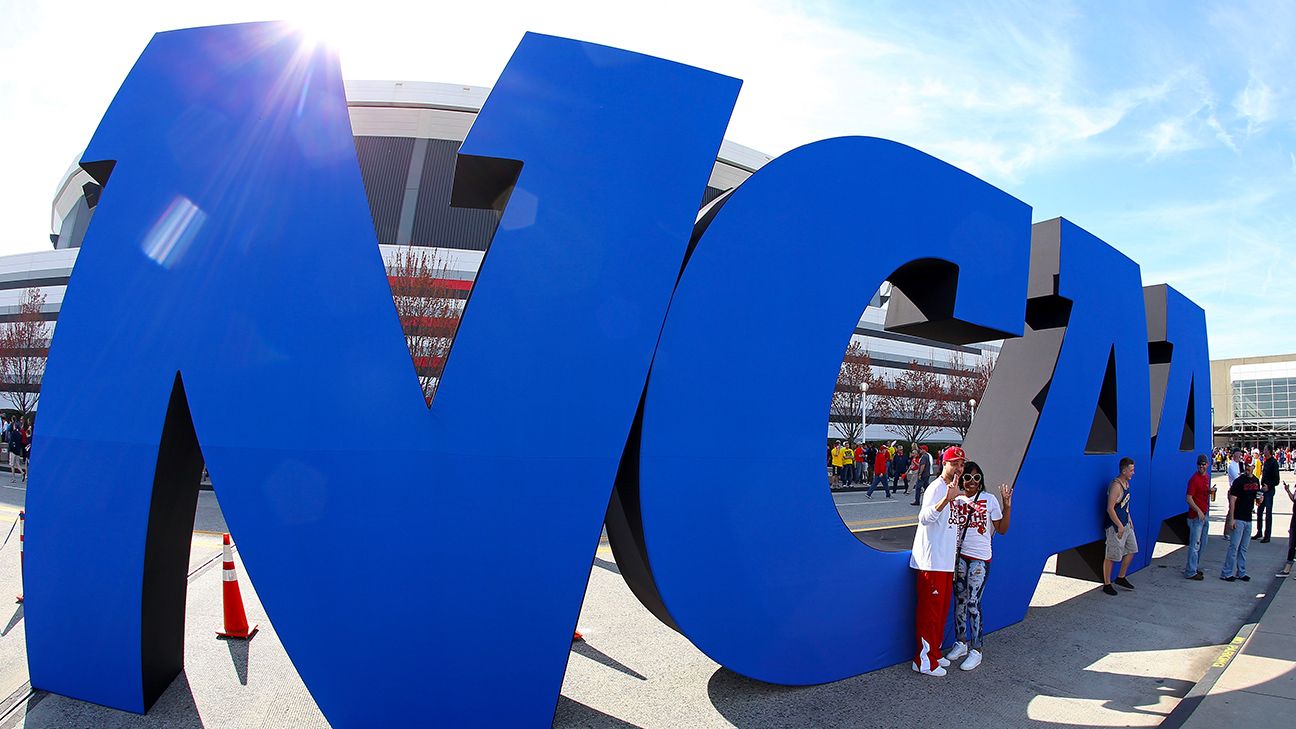
NCAA Agrees to Historic Settlement Allowing Schools to Pay Athletes
The NCAA and its five power conferences have reached a landmark settlement that will allow schools to pay athletes directly for the first time in college sports history. The agreement comes after years of antitrust lawsuits challenging the NCAA's rules on amateurism.
Under the terms of the settlement, each Power 5 school can distribute up to roughly $20 million per year directly to its athletes as part of a revenue-sharing plan. The NCAA will pay over $2.7 billion in damages to past and current athletes dating back to 2016.
The next step is for the settlement to be submitted for preliminary approval by Judge Claudia Wilken of the U.S. District Court for the Northern District of California.
This marks a significant shift in college sports, as athletes will now have the opportunity to earn compensation beyond scholarships and grants-in-aid.
Background Information: The NCAA is a nonprofit organization that governs college sports in the United States. The power conferences include the Atlantic Coast Conference (ACC), Big Ten, Big 12, Pac-12, and Southeastern Conference (SEC).
The settlement comes after several high-profile antitrust lawsuits challenging the NCAA's rules on amateurism. These cases included House v. NCAA, Hubbard v. NCAA, Carter v. NCAA, O'Bannon and Alston lawsuits.
Facts:
- The settlement includes payments of over $2.7 billion from the NCAA to former Division I athletes as damages for lost NIL earning opportunities.
- Revenue sharing would be optional for power-conference programs, potentially as soon as next year, in which 22% of those schools' average annual revenue would be distributable directly to athletes.
- The settlement must first be approved by Judge Claudia Wilken of the U.S. District Court for the Northern District of California.
Bias: It is important to note that this article does not express any bias towards or against any particular source, individual, or organization involved in this story.





